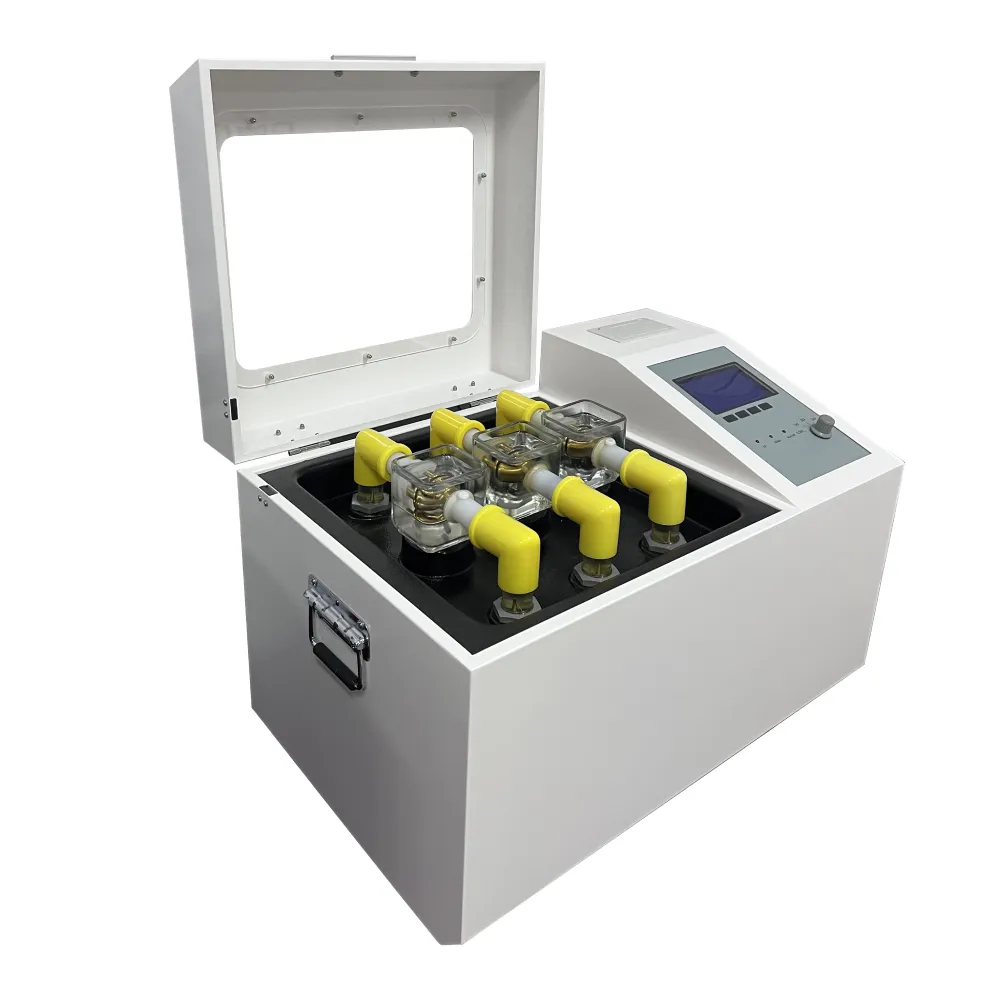 English
English



-
 Afrikaans
Afrikaans -
 Albanian
Albanian -
 Amharic
Amharic -
 Arabic
Arabic -
 Armenian
Armenian -
 Azerbaijani
Azerbaijani -
 Basque
Basque -
 Belarusian
Belarusian -
 Bengali
Bengali -
 Bosnian
Bosnian -
 Bulgarian
Bulgarian -
 Catalan
Catalan -
 Cebuano
Cebuano -
 China
China -
 China (Taiwan)
China (Taiwan) -
 Corsican
Corsican -
 Croatian
Croatian -
 Czech
Czech -
 Danish
Danish -
 Dutch
Dutch -
 English
English -
 Esperanto
Esperanto -
 Estonian
Estonian -
 Finnish
Finnish -
 French
French -
 Frisian
Frisian -
 Galician
Galician -
 Georgian
Georgian -
 German
German -
 Greek
Greek -
 Gujarati
Gujarati -
 Haitian Creole
Haitian Creole -
 hausa
hausa -
 hawaiian
hawaiian -
 Hebrew
Hebrew -
 Hindi
Hindi -
 Miao
Miao -
 Hungarian
Hungarian -
 Icelandic
Icelandic -
 igbo
igbo -
 Indonesian
Indonesian -
 irish
irish -
 Italian
Italian -
 Japanese
Japanese -
 Javanese
Javanese -
 Kannada
Kannada -
 kazakh
kazakh -
 Khmer
Khmer -
 Rwandese
Rwandese -
 Korean
Korean -
 Kurdish
Kurdish -
 Kyrgyz
Kyrgyz -
 Lao
Lao -
 Latin
Latin -
 Latvian
Latvian -
 Lithuanian
Lithuanian -
 Luxembourgish
Luxembourgish -
 Macedonian
Macedonian -
 Malgashi
Malgashi -
 Malay
Malay -
 Malayalam
Malayalam -
 Maltese
Maltese -
 Maori
Maori -
 Marathi
Marathi -
 Mongolian
Mongolian -
 Myanmar
Myanmar -
 Nepali
Nepali -
 Norwegian
Norwegian -
 Norwegian
Norwegian -
 Occitan
Occitan -
 Pashto
Pashto -
 Persian
Persian -
 Polish
Polish -
 Portuguese
Portuguese -
 Punjabi
Punjabi -
 Romanian
Romanian -
 Russian
Russian -
 Samoan
Samoan -
 Scottish Gaelic
Scottish Gaelic -
 Serbian
Serbian -
 Sesotho
Sesotho -
 Shona
Shona -
 Sindhi
Sindhi -
 Sinhala
Sinhala -
 Slovak
Slovak -
 Slovenian
Slovenian -
 Somali
Somali -
 Spanish
Spanish -
 Sundanese
Sundanese -
 Swahili
Swahili -
 Swedish
Swedish -
 Tagalog
Tagalog -
 Tajik
Tajik -
 Tamil
Tamil -
 Tatar
Tatar -
 Telugu
Telugu -
 Thai
Thai -
 Turkish
Turkish -
 Turkmen
Turkmen -
 Ukrainian
Ukrainian -
 Urdu
Urdu -
 Uighur
Uighur -
 Uzbek
Uzbek -
 Vietnamese
Vietnamese -
 Welsh
Welsh -
 Bantu
Bantu -
 Yiddish
Yiddish -
 Yoruba
Yoruba -
 Zulu
Zulu
test 24v transformer
Understanding the Transformer Architecture in Test 2024
The Transformer architecture has revolutionized the field of machine learning, particularly in natural language processing (NLP) tasks. Introduced by Vaswani et al. in their groundbreaking 2017 paper Attention is All You Need, the Transformer model has become the backbone for numerous state-of-the-art models such as BERT, GPT, and T5. As we approach the Test 2024 horizon, it is essential to explore the intricacies of this architecture and its applications.
Fundamentals of the Transformer
At its core, the Transformer model is designed to handle sequential data while mitigating some of the limitations posed by previous recurrent neural networks (RNNs) and convolutional neural networks (CNNs). It employs a mechanism known as self-attention, which allows the model to weigh the significance of different words in a sequence relative to one another. This is crucial for understanding context, as the meaning of a word often depends on its surrounding words.
The architecture consists of an encoder-decoder framework. The encoder processes the input data, generating a set of attention-based representations, while the decoder utilizes these representations to produce the output. Both the encoder and decoder consist of layers composed of multi-head self-attention and feed-forward neural networks, ensuring that the model is capable of capturing complex relationships within the data.
Advantages of the Transformer
One of the primary advantages of the Transformer is its ability to parallelize training processes. Unlike RNNs, which rely on sequential data processing, Transformers allow for the simultaneous processing of all tokens in the input sequence. This speeds up training significantly and is one of the key reasons why Transformers have gained immense popularity.
Moreover, the self-attention mechanism enables the model to efficiently draw information from any part of the input sequence, which leads to a more comprehensive understanding of the context. As a result, Transformers excel in tasks such as translation, summarization, and question-answering.
test 24v transformer

Innovations Leading to Test 2024
As we look towards Test 2024, innovations in the Transformer architecture continue to emerge. Researchers have been focusing on enhancing the efficiency and performance of Transformers. Techniques such as sparsity in attention mechanisms, the development of lightweight models like DistilBERT, and innovative training strategies are paving the way for more accessible usage of Transformers across various domains.
Additionally, the integration of Transformers in multimodal applications—where text, image, and video data are processed together—is gaining traction. This allows for the creation of more holistic AI systems capable of understanding and generating content across different media.
Challenges and Future Directions
Despite the successes of Transformers, several challenges remain. The models are computationally intensive and require substantial resources for training. As a result, there is a growing demand for more efficient architectures that maintain high performance with lower computational costs. Efforts like the development of adaptive Transformers and techniques to reduce the model size without compromising accuracy are critical.
Looking ahead to Test 2024, the community will likely focus on ethical considerations as well. The potential for bias in model training, transparency in AI decision-making, and the environmental impact of large-scale models are crucial topics that will need to be addressed collectively.
Conclusion
The Transformer architecture has set a new standard in NLP, and its influence is poised to grow as we approach Test 2024. By understanding its foundations, advantages, and ongoing innovations, we can better appreciate the potential of this remarkable technology. As research and applications continue to evolve, the commitment to addressing challenges and ethical considerations will be vital in ensuring that the advancements in AI benefit society as a whole.
-
Using Distillation Range Testers in the Food and Beverage IndustryNewsApr.16,2025
-
The Impact of IoT on Distillation Range Tester PerformanceNewsApr.16,2025
-
The Best Distillation Range Testers for Extreme ConditionsNewsApr.16,2025
-
How Distillation Range Testers Save Time and MoneyNewsApr.16,2025
-
Distillation Devices for Advanced Separation TechniquesNewsApr.16,2025
-
Common Mistakes to Avoid When Using a Distillation Range TesterNewsApr.16,2025



